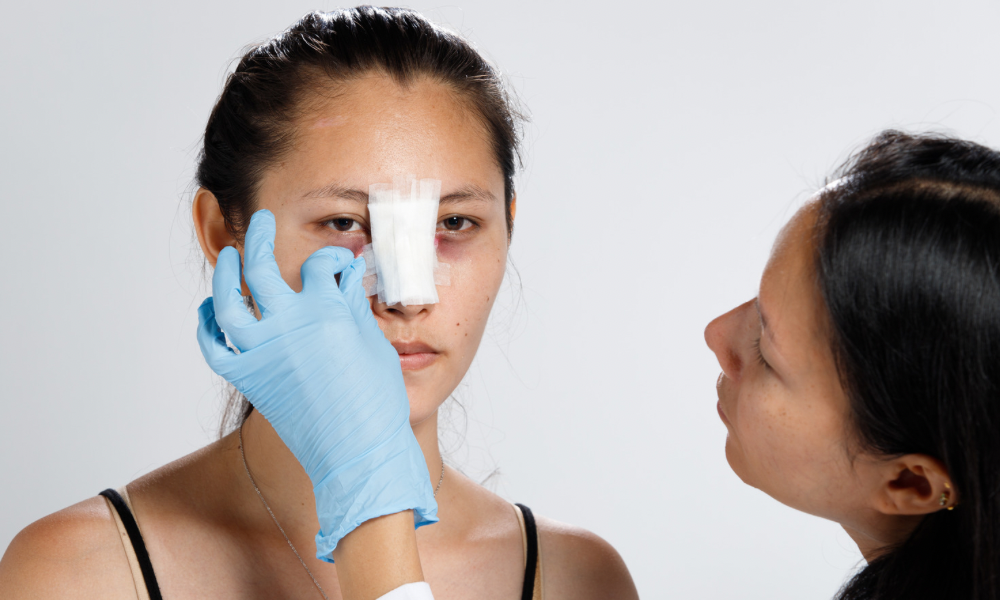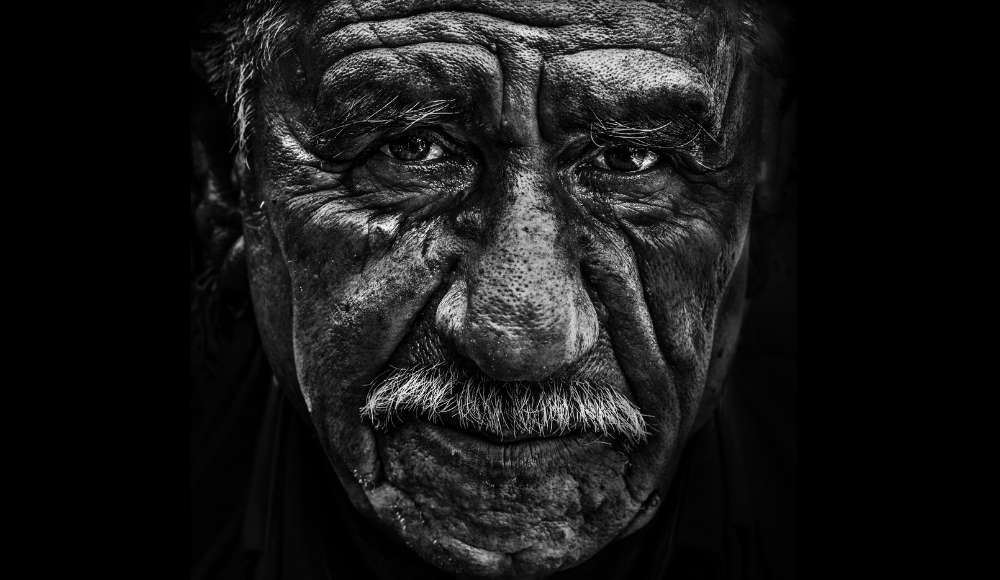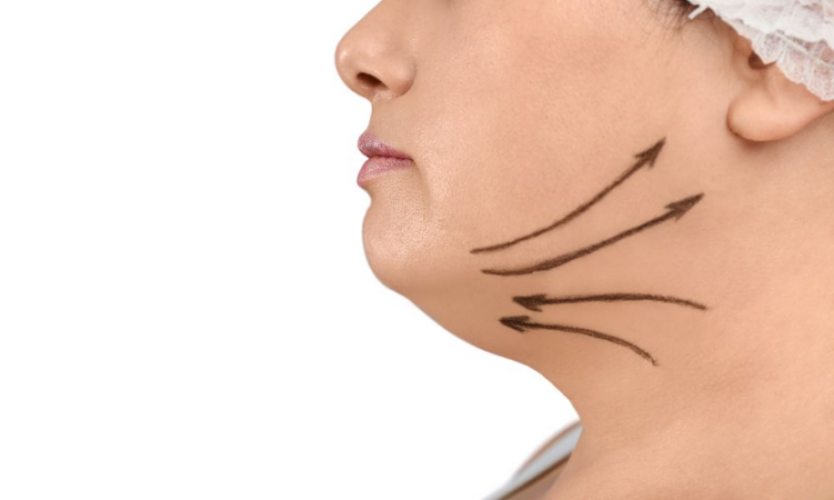The Short Nose Correction:
The most difficult procedure in rhinoplasty history has been the short nose correction. Asians’ bigger skin soft tissue envelope and weaker cartilaginous frameworks are thought to make this procedure more difficult for them than for Caucasians. The short nose repair surgery is made more difficult by the fact that the majority of Asian patients also need nasal tip projection and dorsum augmentation. The most crucial component of Short Nose Correction is “skillfully lowering the angle of the nasal tip.” It takes a variety of surgical methods to do this. The kinds of cartilage used also differ because the majority of patients are revision patients. The degree of the nose, the density of the soft tissues, and the pressure exerted on the nasal tip are other factors that the physician must examine.
The measurement of the nose length is the distance from the tip of the nose to the angle formed by the two eyes. Although the ideal nose is impossible to achieve, it should be roughly one-third the height of the face. This indicates that there should be an equal space between the brows and the bottom of the nose, the chin and the bottom of the nose, and the hairline. However, the noses of certain patients are shorter than one-third of the total length of the face, which means that the noses are not harmonious or proportionate.
A nose that has big nostrils or an upturned tip may appear short. It is also possible for a short nose to be congenital; individuals of Asian and African American heritage frequently exhibit this. These ethnic groups’ men and women typically have a depressed, barely noticeable nasal bridge. Furthermore, a prior rhinoplasty or trauma may be the cause of a small nose. It’s possible that the initial surgeon removed too much cartilage, or a collapsed bridge led to a malformation in the saddle nose, which in turn caused the nasal tip to retract. Although nose-lengthening rhinoplasty is mostly done for aesthetic reasons, it can also have practical advantages for people with short noses. Although nose-lengthening rhinoplasty is mostly done for aesthetic reasons, it can also have practical advantages for people with short noses. After nasal surgery, the rhinoplasty specialist can help with breathing and make the face appear more proportionate and attractive.







